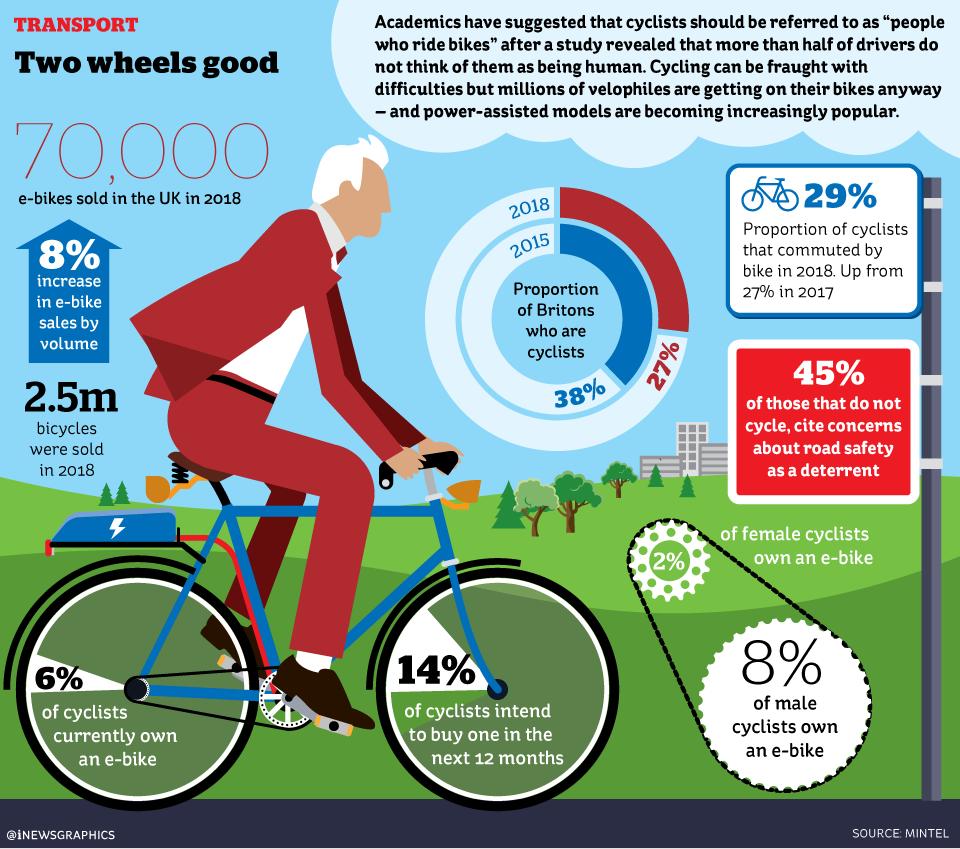Translating E-Bike Classifications: An Introduction Of Their Meanings
Translating E-Bike Classifications: An Introduction Of Their Meanings
Blog Article
Authored By-Wang Velazquez
If you're thinking about purchasing an e-bike, understanding the different courses is key in making an educated decision. You might be shocked at how each course uses distinct functions that cater to various riding preferences and lawful requirements. From weblink -assist choices to throttle-controlled versions, each class has its advantages. So, before you choose the ideal e-bike for your demands, it's important to realize the differences in between Course 1, Class 2, and Course 3 e-bikes.
Course 1 E-Bikes
Course 1 E-Bikes are defined as pedal-assist electrical bikes that give assistance only when you pedal, stopping to do so once you reach 20 mph. These bikes are ideal for those looking for a little extra boost while still wishing to get some exercise. Course 1 E-Bikes offer a smooth transition in between pedaling and electric aid, assisting you dominate hills and long distances effortlessly. The electric motor starts as quickly as you start pedaling, giving an all-natural and simple and easy adventure experience.
One of the crucial advantages of Class 1 E-Bikes is that they're permitted on most bike courses and routes where traditional bikes are allowed. This means you can explore brand-new routes and delight in the outdoors without any constraints.
In addition, these bikes are green and offer a sustainable mode of transportation, lowering your carbon footprint while still getting you to your location efficiently.
Course 2 E-Bikes
Proceeding from the pedal-assist characteristics of Course 1 E-Bikes, Class 2 E-Bikes introduce a brand-new element into the electrical bike world. These e-bikes come with a spin throttle attribute, allowing you to ride without pedaling at all. With this addition, you have the option to simply involve the throttle and allow the electric motor do the job, moving you ahead easily.
Class 2 E-Bikes are perfect for cyclists who might require a break from pedaling or call for help when beginning with a complete quit. https://landenovdjp.is-blog.com/39528479/the-comprehensive-guide-to-electric-bike-maintenance-for-extended-life-expectancy makes them especially appealing for individuals with restricted wheelchair or those who want an even more leisurely riding experience.
However, it is essential to keep in mind that Class 2 E-Bikes are still governed by a speed limit of 20 miles per hour, making sure security and compliance with laws.
Class 3 E-Bikes
For bikers looking for an extra dynamic electrical biking experience, Class 3 E-Bikes deal improved speed and performance compared to their Course 1 and Course 2 counterparts. Course 3 E-Bikes are known as "rate pedelecs" and can get to rates of approximately 28 mph, providing a thrilling ride for those trying to find an additional boost. These bikes come geared up with a pedal-assist system that starts when you start pedaling, making it simpler to keep greater speeds with much less initiative.
One vital attribute of Course 3 E-Bikes is that they aren't limited to bike lanes just; they can additionally be used on roads where the speed limit is 30 miles per hour or reduced. This flexibility enables bikers to browse through website traffic extra successfully while still taking pleasure in the advantages of electrical help.
However, it's necessary to remember that some locations might have particular laws regarding making use of Class 3 E-Bikes, so constantly examine local legislations before hitting the road.
Verdict
So, now that you recognize the differences in between Course 1, 2, and 3 E-Bikes, you can make a notified decision on which type finest matches your requirements. Whether you favor pedal-assist, throttle function, or greater speeds, there is an E-Bike course available for you. Remember to consider your neighborhood guidelines and personal choices prior to making your selection. Delighted riding!
